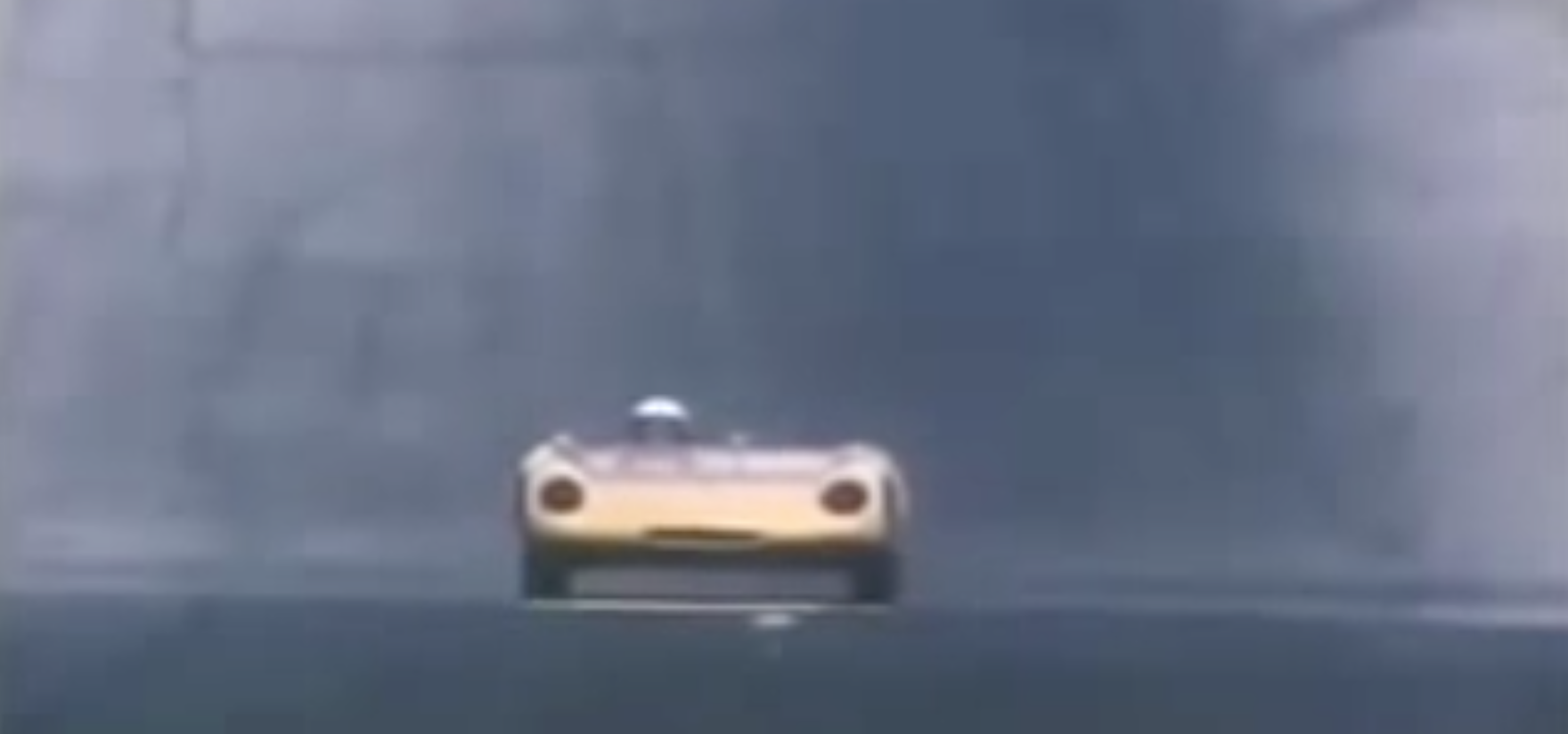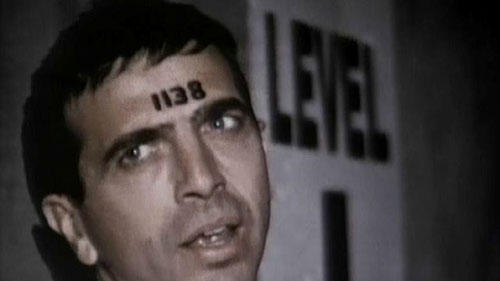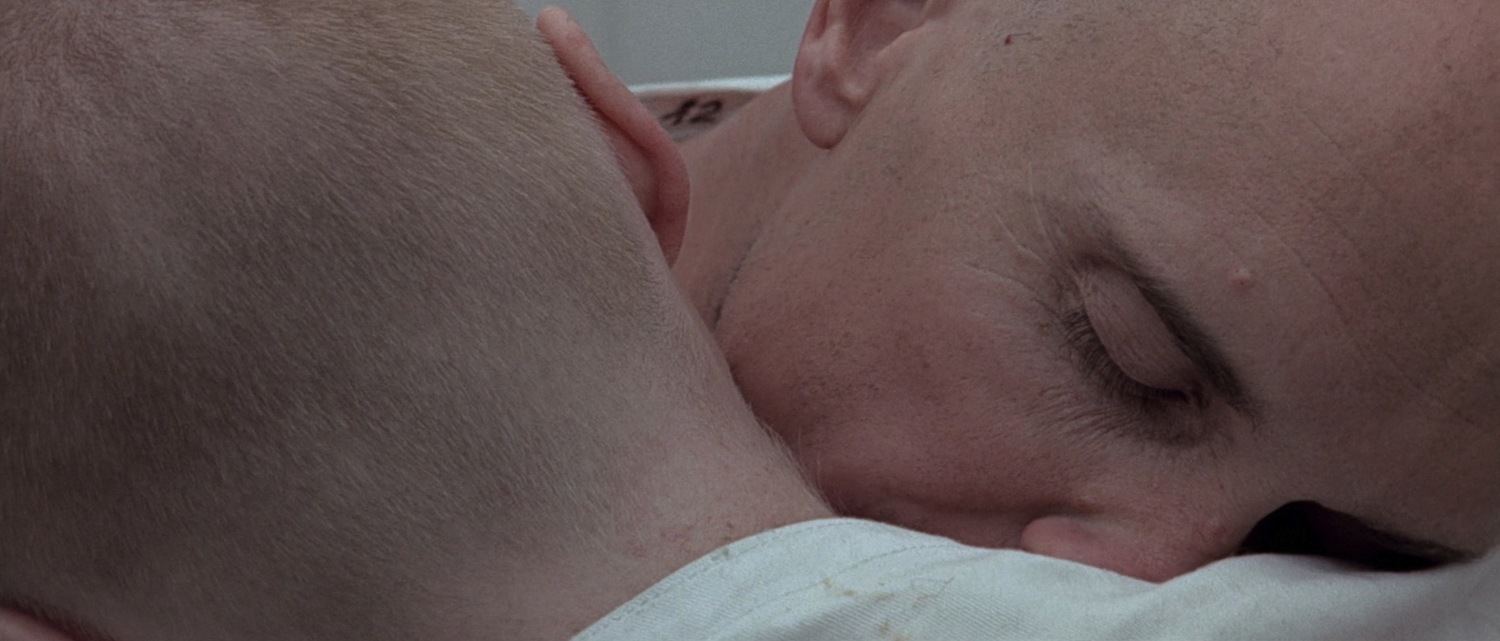Lucas's fondness for the sun doesn't quite rival his friend Steven Spielberg's, but it is nonetheless a remarkable image in both Star Wars, as well as in its precursor, some might say its prototype even, THX 1138. In both instances signifying freedom and the broader world and deeply tied to the destiny of the main characters.
Finally, in the early drafts of Star Wars, as well as in the novelization, there was reference to a kind of prophecy from the infamous Journal of the Whills, which made mention of ‘The Son of Suns’.






